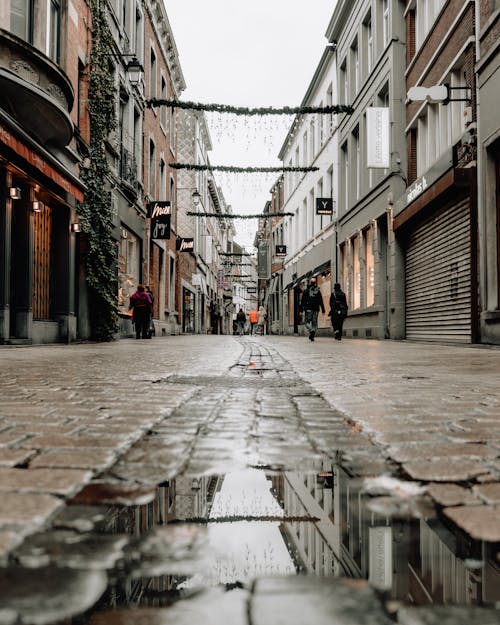Our Framing Streets Statements
Our Framing Streets Statements
Blog Article
Everything about Framing Streets
Table of ContentsExcitement About Framing StreetsSome Ideas on Framing Streets You Need To KnowTop Guidelines Of Framing StreetsAll About Framing StreetsFraming Streets for BeginnersGetting The Framing Streets To Work
Digital photography genre "Crufts Pet dog Program 1968" by Tony Ray-Jones Street digital photography (additionally in some cases called honest digital photography) is digital photography conducted for art or query that includes unmediated opportunity encounters and arbitrary events within public places, usually with the objective of recording pictures at a crucial or poignant minute by careful framework and timing. 
Consequently his boots and legs were well defined, however he lacks body or head, due to the fact that these were in motion." Charles Ngre, waterseller Charles Ngre. https://moz.com/community/q/user/framingstreets1 was the first photographer to acquire the technical elegance needed to register individuals in activity on the street in Paris in 1851. Photographer John Thomson, a Scotsman working with reporter and social lobbyist Adolphe Smith, released Street Life in London in twelve regular monthly installations beginning in February 1877
An Unbiased View of Framing Streets
Eugene Atget is considered a progenitor, not since he was the very first of his kind, however as an outcome of these details the popularisation in the late 1920s of his record of Parisian roads by Berenice Abbott, that was motivated to carry out a similar paperwork of New York City. [] As the city established, Atget helped to advertise Parisian streets as a worthy subject for digital photography.

6 Simple Techniques For Framing Streets
In between 1946 and 1957 Le Groupe des XV every year exhibited job of this kind. Andre Kertesz. Circus, Budapest, 19 May 1920 Road digital photography created the significant content of two exhibitions at the Gallery of Modern Art (Mo, MA) in New york city curated by Edward Steichen, Five French Professional Photographers: Brassai; Cartier-Bresson, Doisneau, Ronis, Izis in 1951 to 1952, and Post-war European Photography in 1953, which exported the concept of road digital photography globally.

About Framing Streets
, then an instructor of young youngsters, connected with Evans in 193839.'s 1958 publication,, was substantial; raw and commonly out of emphasis, Frank's images questioned conventional digital photography of the time, "challenged all the official rules laid down by Henri Cartier-Bresson and Pedestrian Evans" and "flew in the face of the wholesome pictorialism and genuine photojournalism of American publications like LIFE and Time".
Report this page